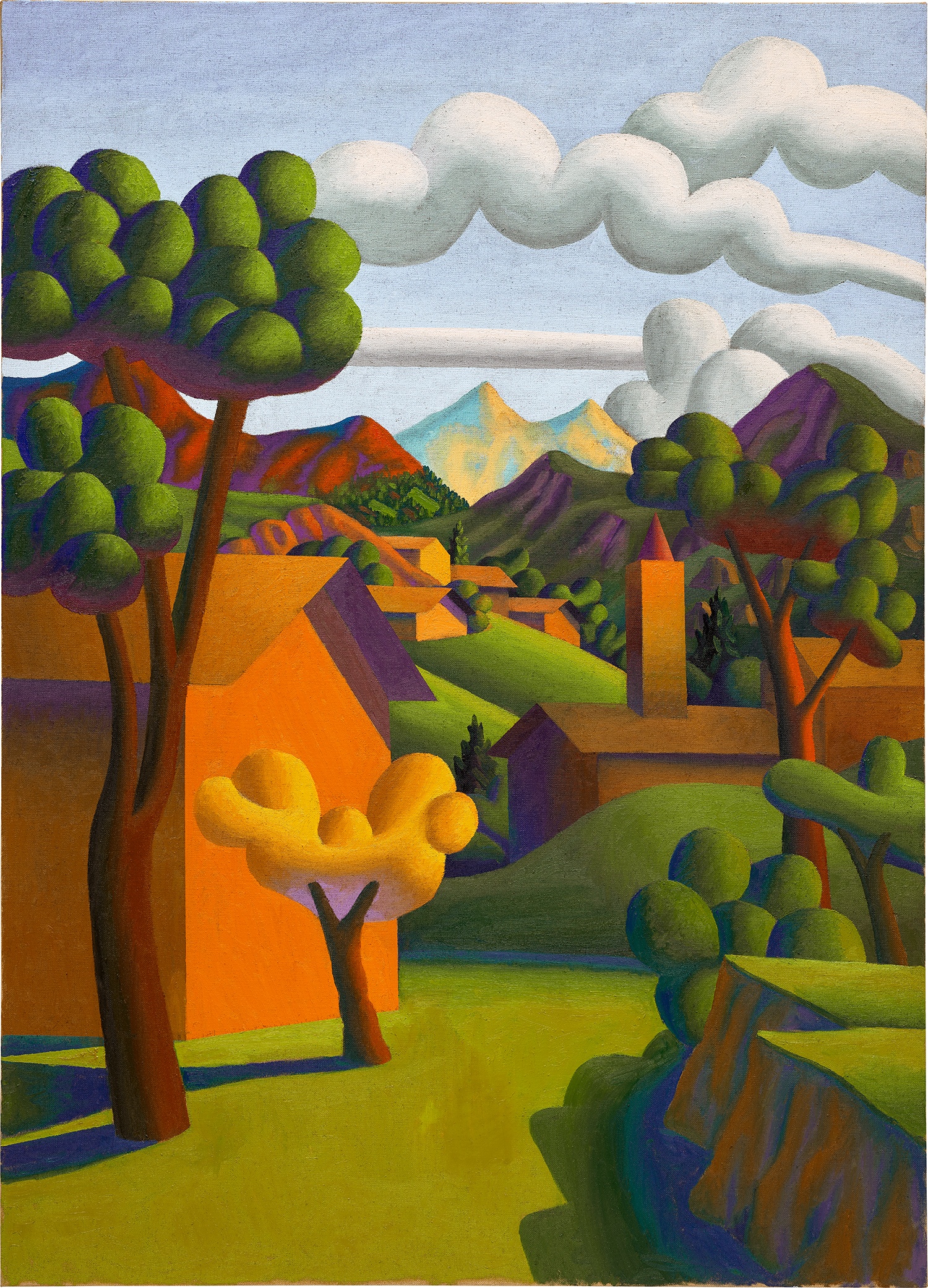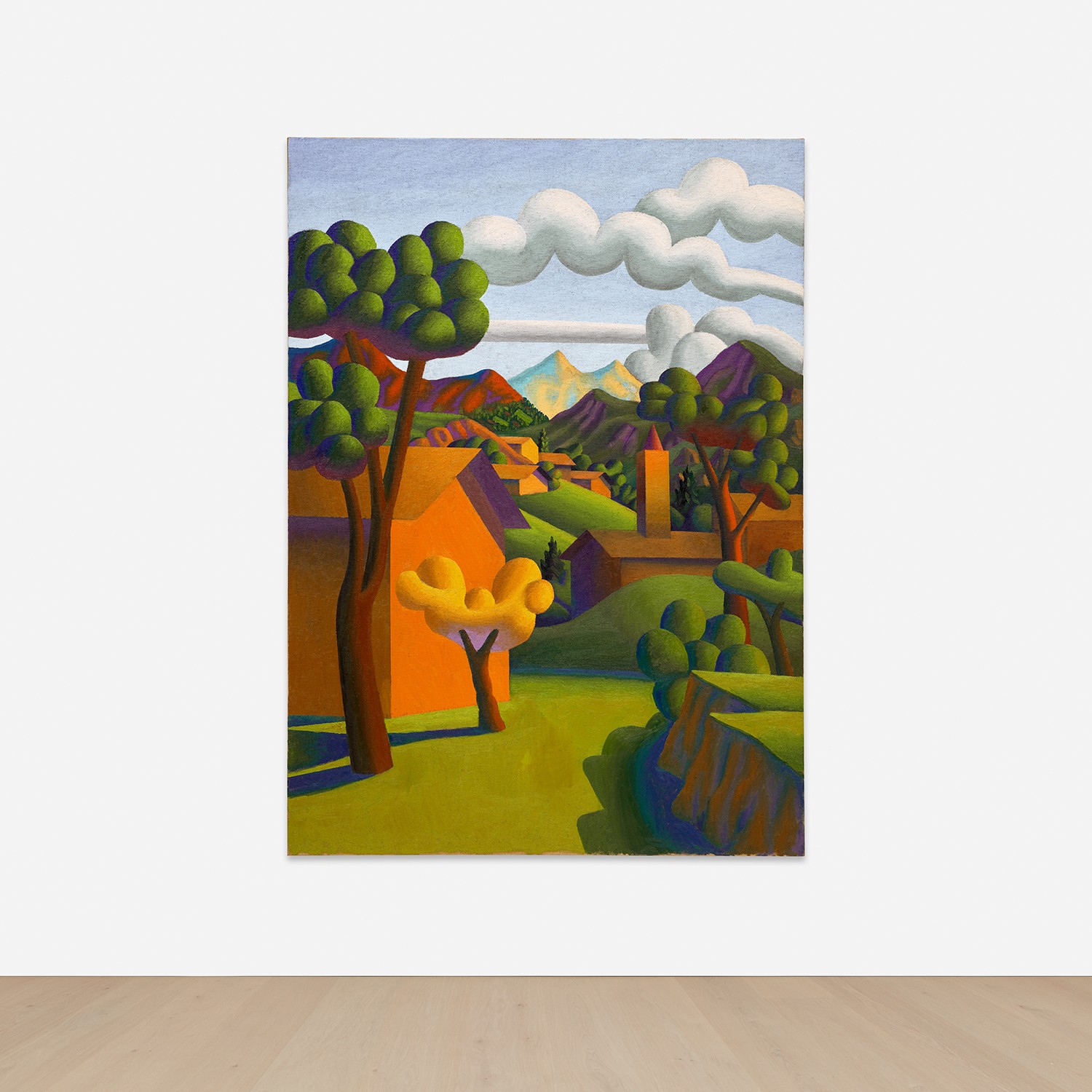



28
Salvo
Maggio
signed, titled and indistinctly inscribed “Salvo “MAGGIO”” on the reverse
oil on burlap
71 1/8 x 51 1/4 in. (180.7 x 130.2 cm)
Painted in 2009, this work is registered in the Archivio Salvo, Turin, under the number S2009-145 and is accompanied by a certificate of authenticity issued by the Archivio Salvo, Turin.